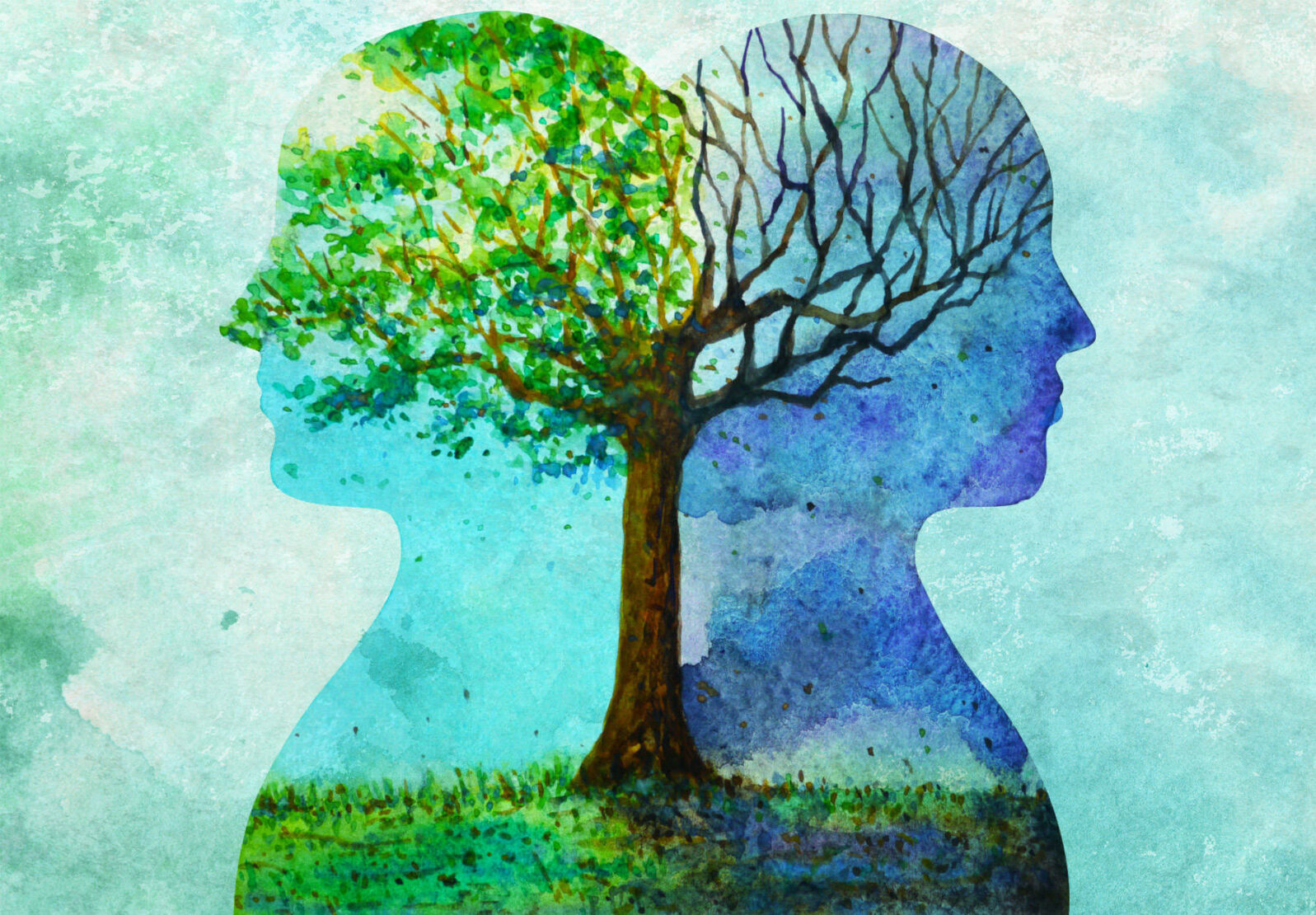Sabine Hossenfelder, Taking on Consciousness, Tackles Panpsychism
She wants to apologize to all carrots who are watching her video — but carrots are not watching and that’s the pointRecently, I’ve been looking ( here and here) at theoretical physicist Sabine Hossenfelder’s argument that quantum mechanics does not show that consciousness is essential for understanding the universe.
The topic has become very interesting because of the growth of panpsychism in science — which Hossenfelder references in the video.
Panpsychism is the belief that all of nature participates in some way in consciousness but that it is most highly developed in humans. Many prefer it to materialism because the panpsychist does not need to show that human consciousness is some kind of illusion that we evolved to believe in (?). It is part of the normal functioning of the universe even if we don’t understand how it works.
To see what’s at stake here, consider the concept of the “Hard Problem of Consciousness.” Why is it a “hard problem”? It’s only that if we assume a universe that should not have consciousness but, unaccountably, does.
Suppose we change our assumptions and assume that consciousness is a normal part of the universe that requires no special explanation in principle? The panpsychist can approach the question of human consciousness as a much more restricted one because the goal has changed: It is no longer to explain the existence of consciousness in principle, only how it comes to exist in a certain way in humans.
Anyway, in “Does Consciousness Influence Quantum Effects?” (November 19, 2022), Hossenfelder talks about some of the theories in this area:
For example, just a few months ago, David Chalmers and Kelvin MacQueen wrote a paper about this. They proposed to address the issues of the Wigner– von Neuman interpretation by using a particular mathematical model for consciousness, that is integrated information theory, IIT for short. We briefly talked about IIT in an earlier video. The basic idea is that each system is assigned a quantity, big Psi, that you can calculate from how well-connected the system is, and how it processes information. The bigger Psi, the more conscious the system. (8:11)
In this theory, consciousness it’s not binary, it’s not on or off, it’s gradual. This is why Christof Koch, one of the proponents of Integrated Information Theory, thinks it’s a panpsychist theory. Everything is a little bit conscious; it’s just that humans are a little bit more conscious than carrots. I want to apologize to all carrots who are watching. (8:36)
But carrots aren’t watching and that is the point.
Christof Koch of the Allen Institute is a proponent of the admittedly panpsychist Integrated Information Theory (IIT), originally developed by fellow neuroscientist Giulio Tonioni.
David Chalmers first coined the expression “hard problem of consciousness” in 1995. Chalmers and MacQueen’s paper is here: They write, “Does consciousness collapse the quantum wave function? This idea was taken seriously by John von Neumann and Eugene Wigner but is now widely dismissed. We develop the idea by combining a mathematical theory of consciousness (integrated information theory) with an account of quantum collapse dynamics (continuous spontaneous localization). Simple versions of the theory are falsified by the quantum Zeno effect, but more complex versions remain compatible with empirical evidence. In principle, versions of the theory can be tested by experiments with quantum computers. The upshot is not that consciousness-collapse interpretations are clearly correct, but that there is a research program here worth exploring.”
Hossenfelder tells us,
For a paper by two philosophers it isn’t bad. My major misgiving about their consciousness induced collapse model is that it’s unnecessarily complicated. If you’re building a model in which collapse is induced by a macroscopic thing, why use a brain?. Why not use the measurement device? Or cheese? I would like to propose that it’s really cheese that collapses the wave-function. Prove me wrong. (9:35)
Not many researchers will sense a need to prove that theory wrong. And nothing is resolved.
You may also wish to read: Science isn’t even possible apart from non-material consciousness. Theoretical physicist Sabine Hossenfelder tries hard to argue against that conclusion but things do not go well… To say that “a measurement is an interaction with some apparatus” evades the issue. Only a conscious human being can even envision science measurements.
